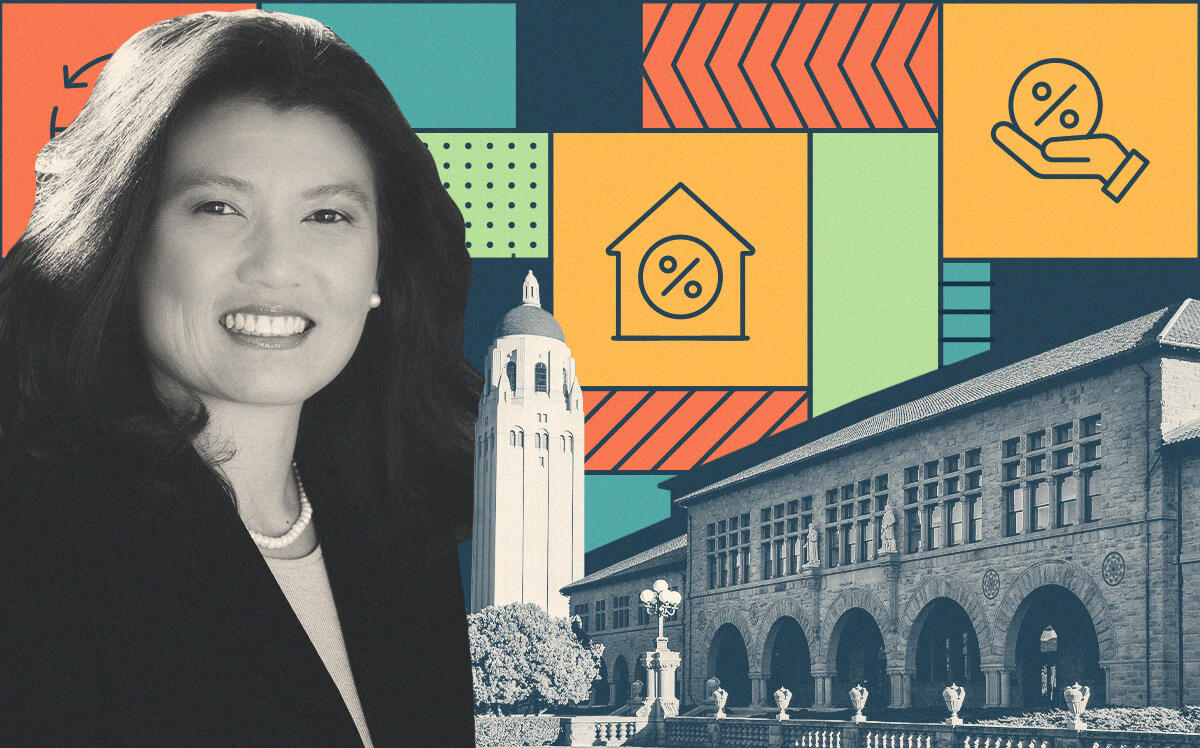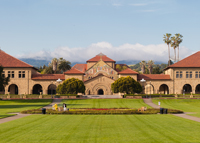 Stanford University acquires 759 apartments next to campus
Stanford University acquires 759 apartments next to campus
Trending
Palo Alto wants Stanford to pay more taxes, build more homes
City urges university to cover costs for public services used by students and staff

City of Palo Alto to Stanford: Pay up!
The Silicon Valley city has once again urged the tony university to pay more of its share in property taxes, solve transportation issues and build more housing, the San Jose Mercury News reported.
Palo Alto leaders implored Stanford and Santa Clara County to consider the city’s needs as each forge a new plan to address housing and transportation at the university.
At a study session on the proposed plan, Palo Alto City Council members went to the mat with Stanford, which has been buying properties off campus for housing, depleting city tax revenue. The tax-exempt institution doesn’t pay property taxes on most of its properties.
Vice Mayor Lydia Kou said the city isn’t doing enough to wring revenue from Stanford. She said the university could be paying property taxes on $19.7 billion worth of real estate, but about $13.3 billion of its property is tax-exempt.
In September, the university acquired a 759-unit apartment complex in Palo Alto for academic housing by taking over the property’s $125 million mortgage and ground lease.
“Obviously we have concerns about property taxes,” Kou said. “The city is falling short in collecting revenues. As Stanford purchases more of our property, some of the housing in town gets bought up. … That means we’re going to lose more property taxes from them.”
A new community plan, based on two previous plans crafted in 1985 and 2000, would create a framework for future development of the campus.
That includes Stanford’s use of municipal services such as sewers, storm drains and traffic cops, and how it can reimburse local cities such as Palo Alto. Given the university’s effect on its neighbors, Palo Alto and county leaders seek to define exactly what kind of development, such as housing, would be governed by the plan.
Just 7 percent of university faculty, staff, students and other workers now live on campus, with the remainder flowing in from Palo Alto and surrounding cities. Stanford has 60 homes for faculty and staff, 4,400 new student dorms, and 1,023 new faculty and staff homes on land grant properties.
Like some Ivy Leagues on the East Coast, Stanford has a long-standing agreement to pay for its use of municipal services.
City officials now want Stanford to help with Caltrain’s massive electrification project, which calls for expensive rail-grade separation projects up and down the Peninsula, including in Palo Alto.
The city’s Caltrain station is one of the system’s busiest, and Kou believes many of them are Stanford students. She said Stanford should pay for the students’ transit connection.
Councilman Tom DuBois said Stanford should “ultimately be headed to a payment of in-lieu tax and coming up with a way to divide those fees to the agencies providing the services.”
“Things like Children’s Library services, things like parking enforcement or the cost of running residential permit programs along the boundary with Stanford and even things like storm water runoff,” DuBois said. “We need to make sure we’re accounting for all of it.”
Mayor Pat Burt praised the Board of Supervisors for pushing Stanford to move beyond its current housing plan and provide homes for postdoctoral workers. But he said Stanford also should house its service workers or offer free shuttle service to their homes in East Palo Alto.
Burt said there’s huge potential for housing development in Stanford Research Park, with parking lots surrounding office buildings. He said it’s important that Stanford not build housing just for its students, but for everyone.
“For that amount of housing that could be developed for the research park, it’s a real loss to the community that it be allowed to be used as essentially company housing,” Burt said.
— Dana Bartholomew
Read more
 Stanford University acquires 759 apartments next to campus
Stanford University acquires 759 apartments next to campus
 In the US's most expensive housing market, Stanford says no to affordable housing
In the US's most expensive housing market, Stanford says no to affordable housing




